Who loves bubbles? I do! Many people (such as myself) don’t know the difference between sparkling wines. Here is a little breakdown of the different types of bubbles and what makes them unique.
My Sparkling Wine Journey
When I was young and naive, I assumed all bottles with bubbles were Champagne. It wasn’t until I got a little older that I learned about Prosecco, the Italian version of sparkling wine. Later, in college, I was introduced to Cava, the Spanish version. Here in southern Spain, Cava is technically considered a Catalonian wine. In Europe, Prosecco and Cava are easily found in supermarkets for around 10 EUR. However, when I returned to the U.S. to finish my master’s degree, I became acquainted with Mimosas (Champagne with orange juice) and realized my typical bubbly drinks of choice were pricier stateside. This led me to explore sparkling wine as a more affordable local option.
So why all the different names and prices for what seems like the same thing? I recently attended a fabulous sparkling wine-tasting class by Phylicia Stitzel, and I can tell you there’s more to it than meets the eye. By the way, Phylicia is an excellent source of wine knowledge—you can find her at The Backpacker Mom if you have any wine-related questions!
What Makes Sparkling Wine Bubble?
To be a sparkling wine, the wine has to contain bubbles, which come from carbonation (CO2). This chemical compound is the key source of those delightful bubbles. Sparkling wines also range from super dry to super sweet and come with various fragrances, making them incredibly diverse.
The History of Sparkling Wine
Did you know the Romans and Greeks were the first bubble producers? However, they didn’t know what they had—bubbly wine was often discarded as faulty. The more recognized history of sparkling wine begins with two contested stories:
- Pierre Pérignon: In 1693, the French monk Pierre Pérignon supposedly created the Méthode Champenoise, the method still used today by many winemakers worldwide. He famously exclaimed, “Come quickly, I am tasting the stars.”
- Dr. Christopher Merrett: Thirty years earlier, this British physician documented the deliberate addition of sugar to produce bubbles in sparkling wine. He also invented the bottles strong enough to contain the carbonation.
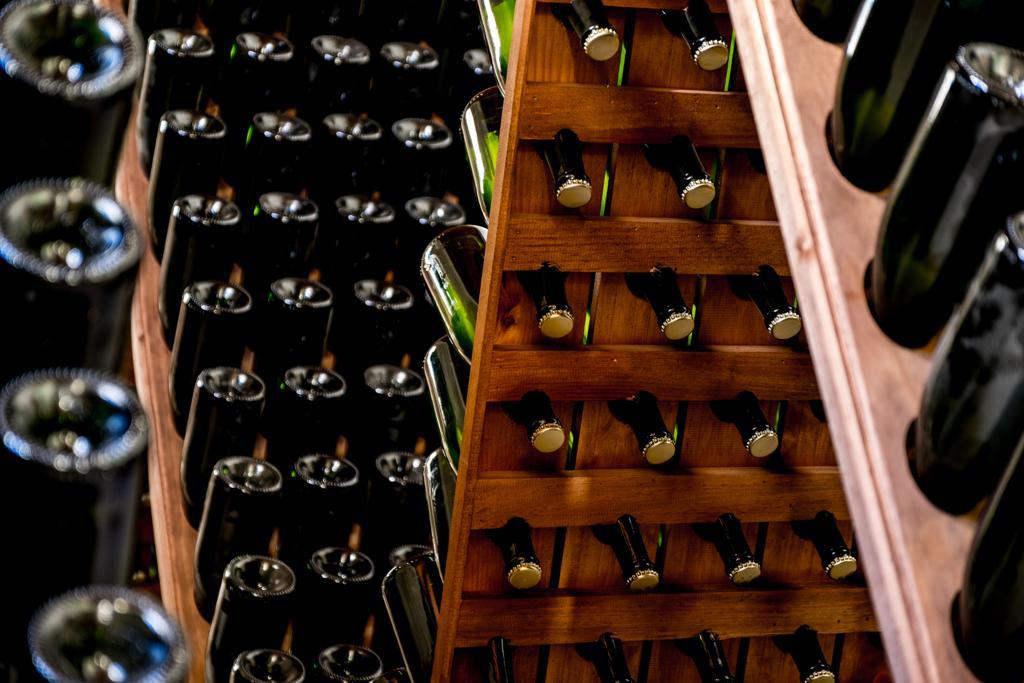
Types of Sparkling Wines
“Three be the things I shall never attain: envy, content, and sufficient champagne.”
Dorothy Parker
I’m a huge Dorothy Parker fan, so here’s a little shout-out to her as we dive into the bubbly world.
Champagne
Champagne can only bear this name if the grapes are grown and the wine is made in the land of Champagne which is a region of France.
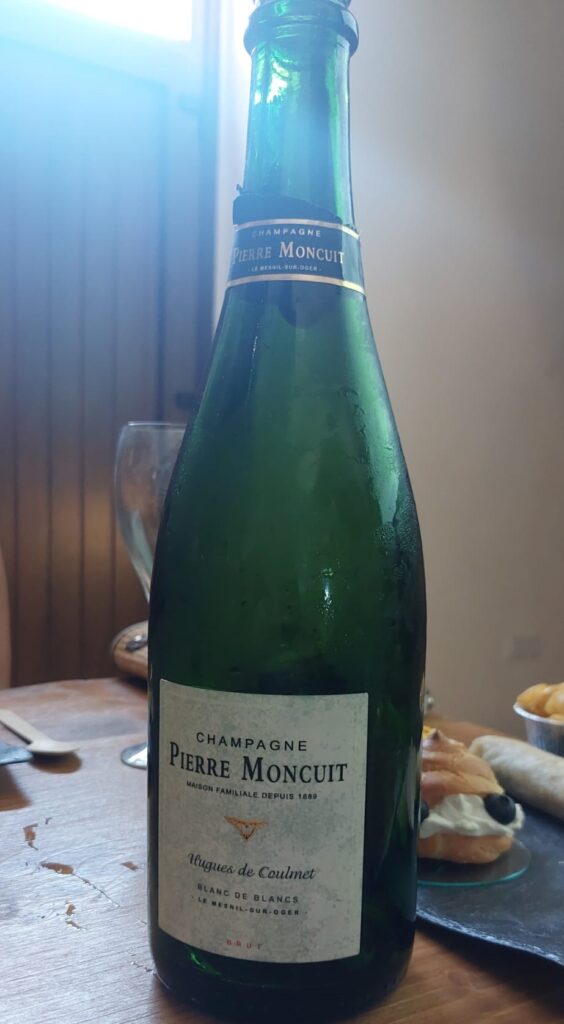
The strict rules and processes, some dating back to 1855, contribute to Champagne’s premium price and finer bubbles. Fun fact: Only Chardonnay grapes can be used for Blanc de Blanc Champagne. The primary grapes used in Champagne are Chardonnay, Pinot Noir, and Pinot Meunier.
Prosecco
Prosecco hails from the Veneto region in northeast Italy. It’s often more affordable due to fewer regulations compared to Champagne. Prosecco is fermented in large stainless steel tanks (the “tank method”), which creates larger bubbles. Only one grape is used—Glera.
Fun fact: 2021 marked the first year Prosecco Rosé was produced.
Cava
Cava is made using the traditional Champagne method, with a second fermentation occurring in the bottle. While Catalonia is the main region for Cava, six other regions in Spain also produce it. The primary grapes used are Macabeu, Parellada, and Xarel-lo. Cava is classified from Brut Nature (super dry) to Semi Seco (sweet).
Sparkling Wine
Any wine with carbonation not categorized as Champagne, Prosecco, or Cava falls under sparkling wine. It’s made using various methods, the most common being the traditional (Champagne) and tank methods. Sparkling wines are known by other names worldwide: Cape Classique in South Africa, Espumante in Portugal, and Sekt in Germany and Austria.
I could get into so much more details because there is a whole world behind sparkling wines.
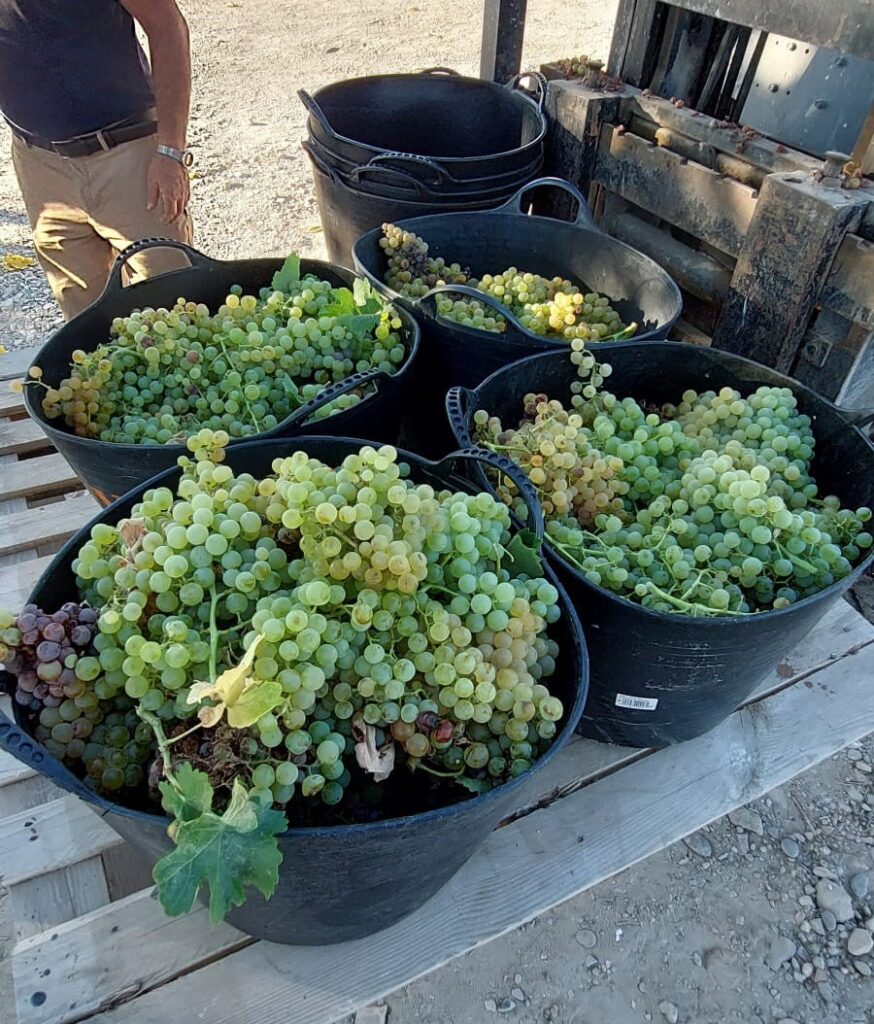
But I will let you do your own research. Now, before I finish I do want to give a shout-out to one of my favorite sparkling wines. It is a local bubbly from right here in Cádiz Spain. Or what we like to call our own Cádiz Champaign.
A Local Favorite: Galantería
If you’re ever in Cádiz, Spain, don’t miss the chance to try Galantería, a unique sparkling wine made from Palomino and Moscatel de Alejandría grapes—the same varieties used to make Sherry.

This brut sparkling wine is crafted in the traditional Champagne style, giving it fine bubbles. Galantería is produced by Viña Balbaina, a small, family-owned winery in the region. It’s a true taste of Cádiz.
Final Thoughts
The world of sparkling wines is vast and fascinating, from the meticulous methods of Champagne to the approachable charm of Prosecco. Whether you’re sipping a Mimosa, enjoying a glass of Cava, or discovering local gems like Galantería, there’s something for every bubble lover out there.
Plan a visit to Cádiz to explore its unique wines and vibrant culture—and don’t forget to raise a glass to bubbles. Cheers!
If you enjoyed this guide, share it with a fellow bubble enthusiast, and let’s toast to discovering more sparkling surprises together and don’t forget to book a wine tour with us.
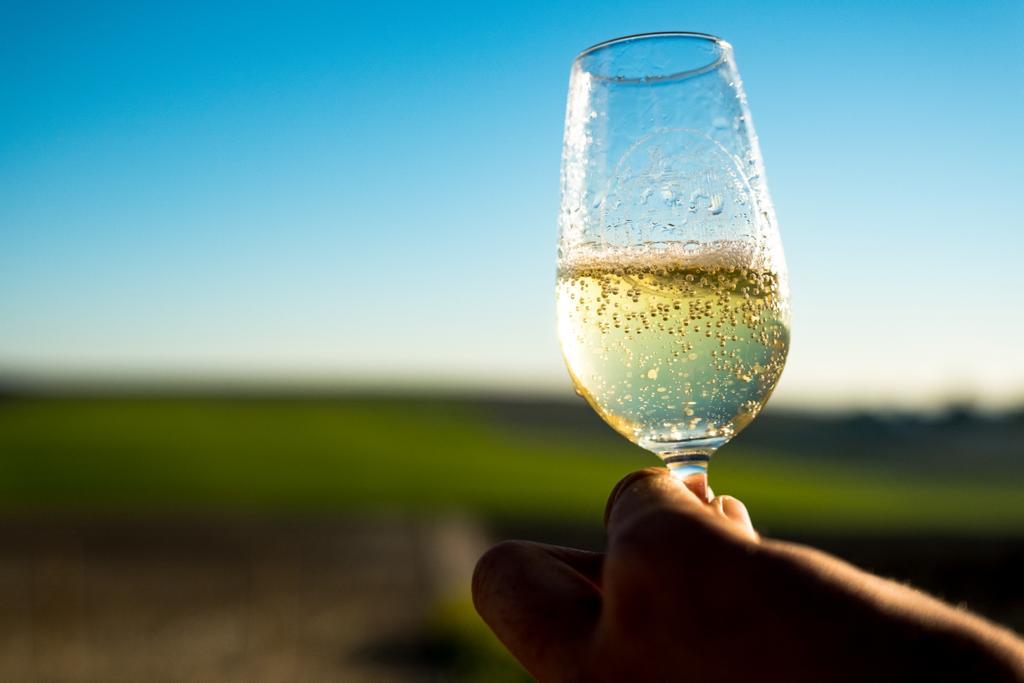
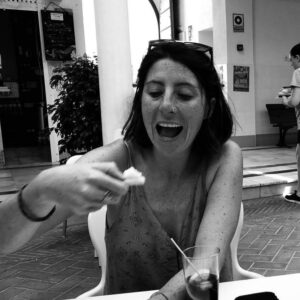






0 Comments